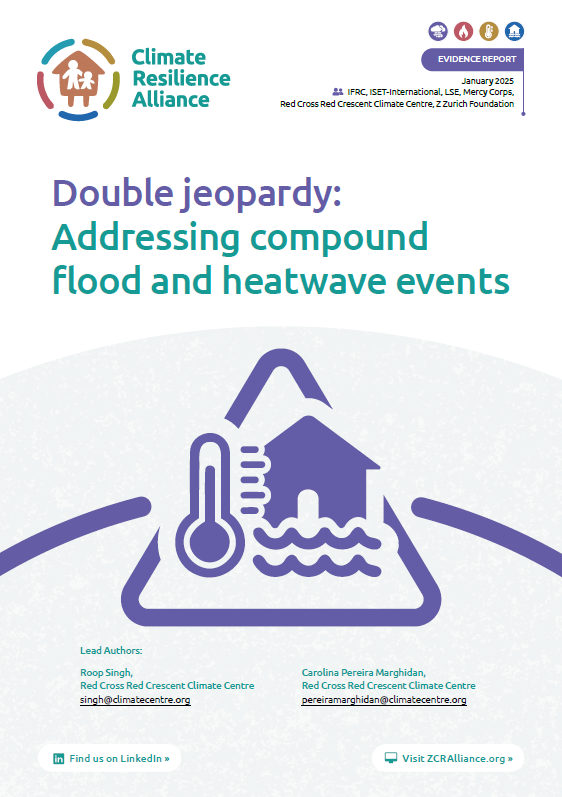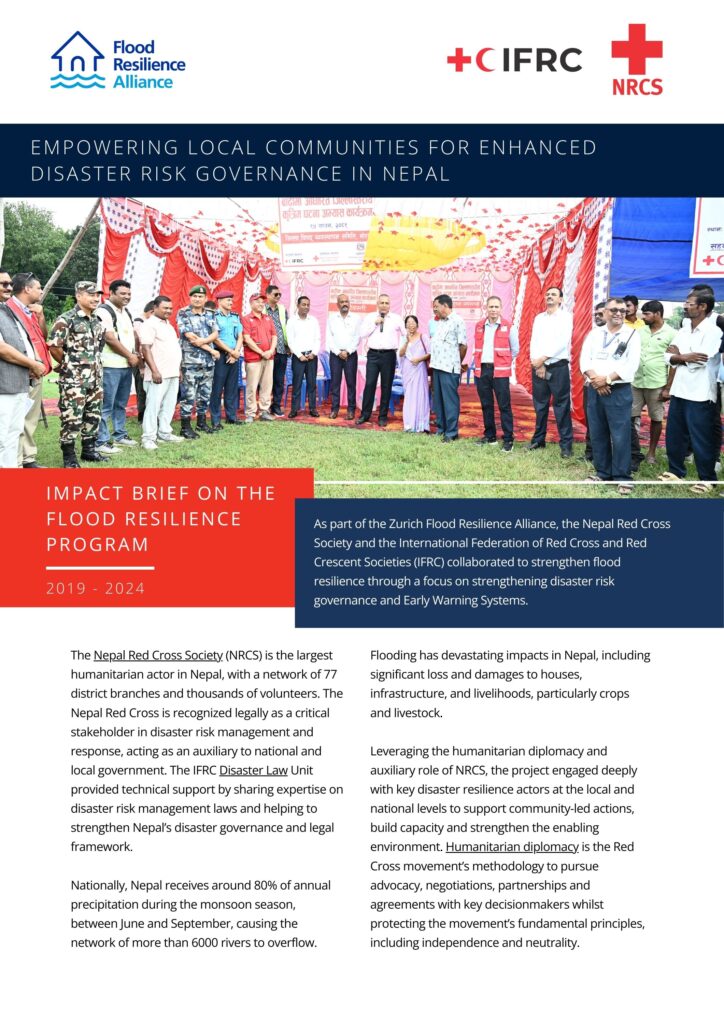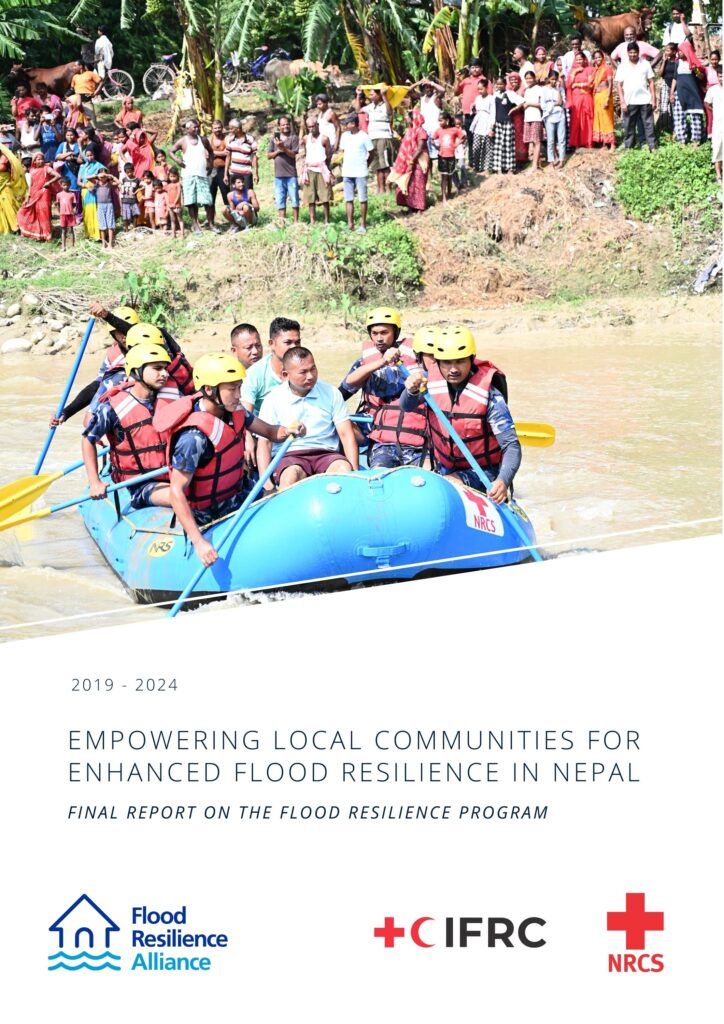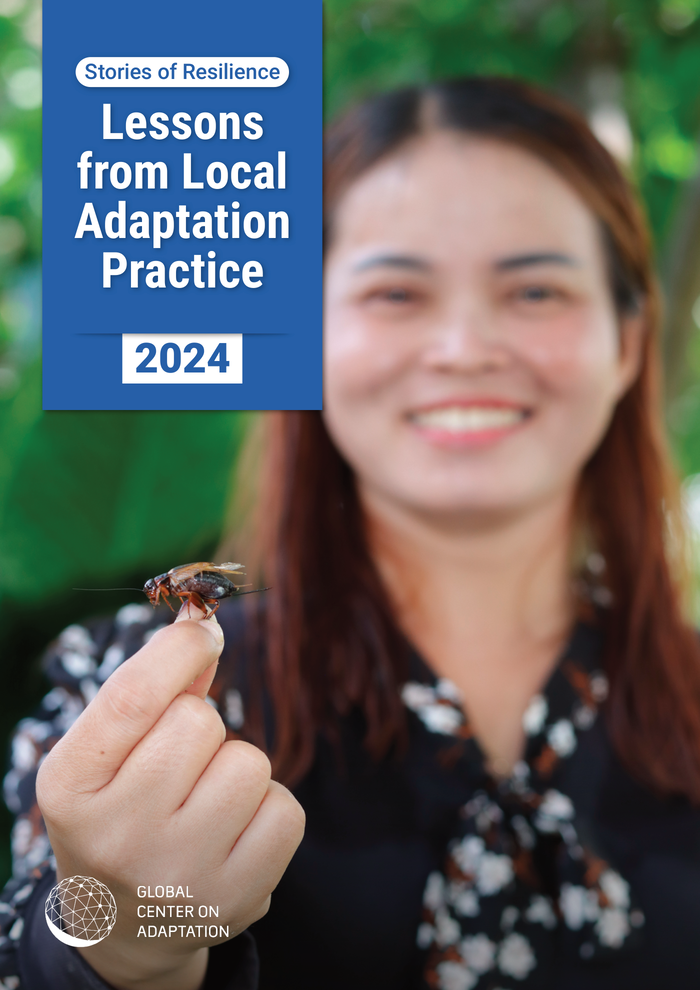Community-First Approach: How the American Red Cross Helps Build Disaster Resilience Where It’s Needed Most
Across the United States, the American Red Cross is working to reduce disaster risks and strengthen the long-term resilience of the most vulnerable communities through its Community Adaptation Program (CAP). With teams embedded in communities across 19 locations, the program focuses on addressing the root causes of vulnerability — specifically in the areas of health, […]







